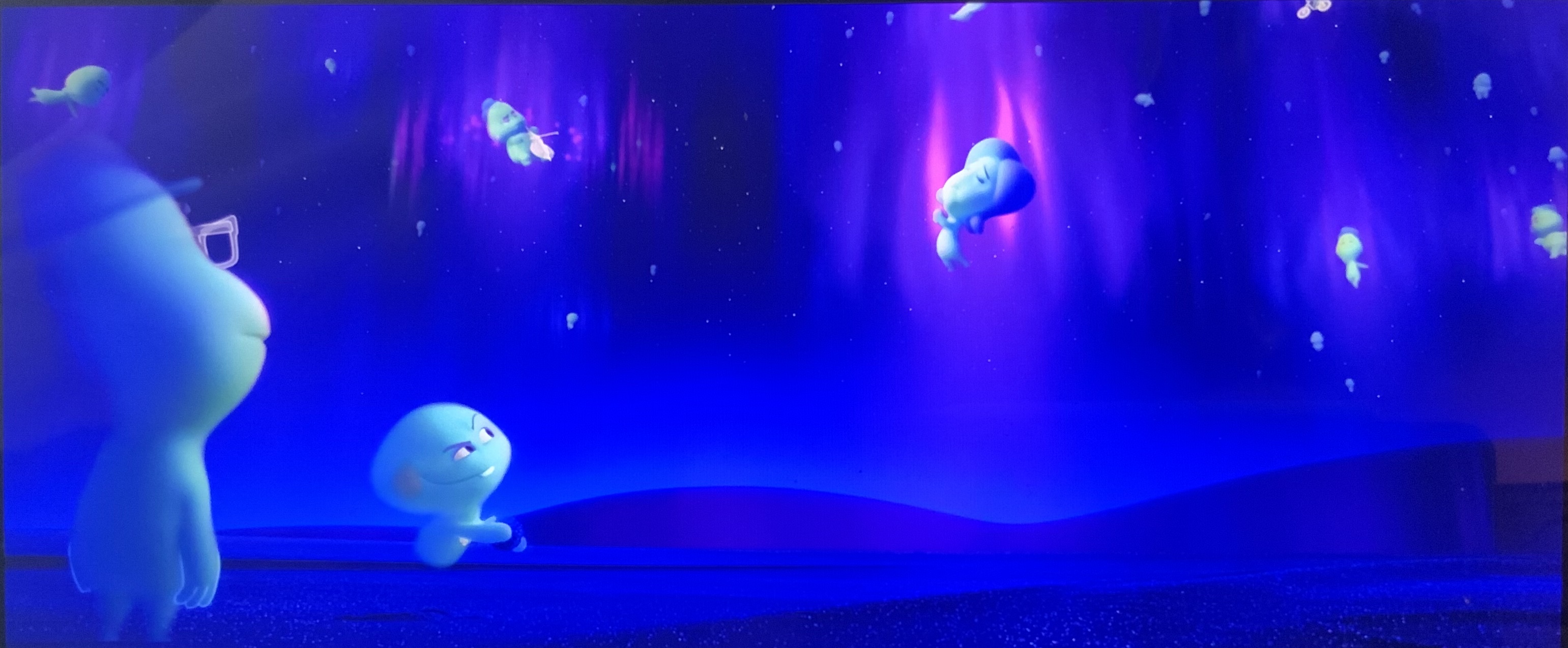This time, in another episode oriented to theoretical design concepts, we decided to explain what Flow Theory is all about, a concept that comes from psychology by the hand of Mihály Csíkszentmihályi. It was not originally oriented to videogames, clearly, but it was quickly implemented in our industry.
If you listen to the program, you will see why it was so easy to apply. Basically Flow Theory is about getting into a state of “flow” when we do an activity. If you remember the Pixar movie Soul, when we are in “The Zone” we are basically in a constant state of flow.

When one is in a state of flow, one loses track of time and sometimes also of one’s own consciousness. That’s why I like Soul’s example, because you are not always in the zone doing things you enjoy.
However, Mihaly refers more to enjoyment, and that is why for video games it is so good to talk about Flow. As we have already talked about types of enjoyment, and mentioned player profiles, it is clear that not all of us enter Flow in the same way or with the same titles.
However, we can see patterns in games that lead us into flow. Precisely, we designers have to leave breadcrumbs to show the way to the players, alternating in moments of high stress with moments of calm, for example.
There are games that do this very, VERY well. A wonderful example is Hades, which gives us moments of calm after each combat and sometimes we even find nodes to fish. The fishing game system is not vital to the narrative or the gameplay itself, but it is very well placed.
I don’t want to go into a super detailed analysis, I’d rather you listen to the podcast. I leave you the link and don’t forget to leave your comments!
